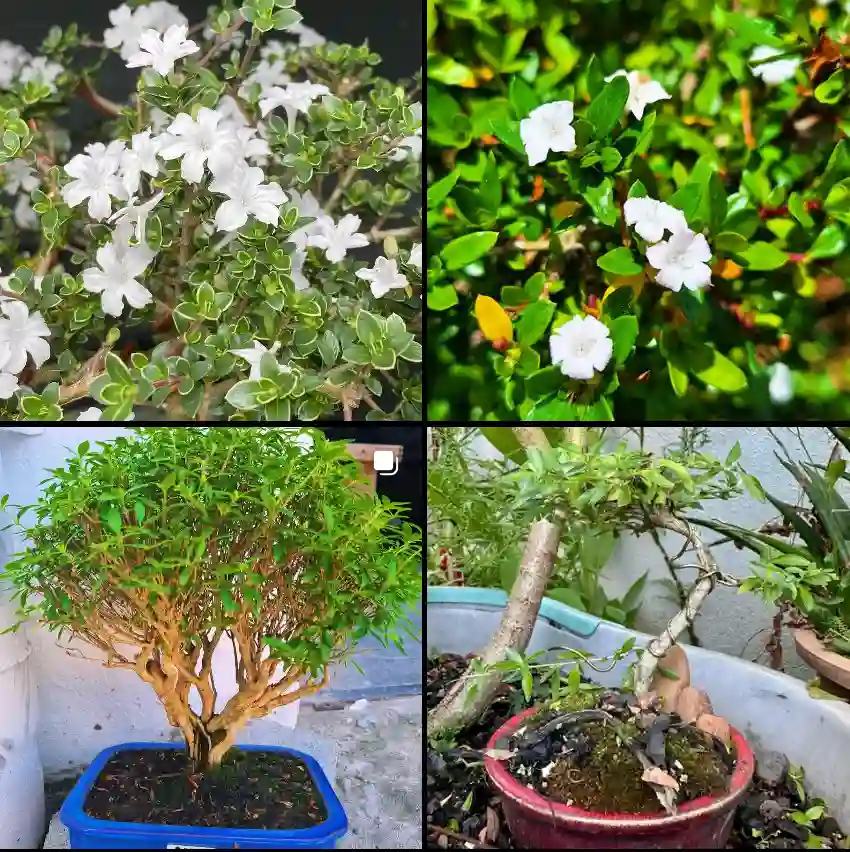
Persicaria Hydropiper: A Common Plant with a Peppery Punch
Hi, I’m Ferb Vu, and I’m here to answer your questions about Persicaria hydropiper, a plant with a surprising amount of intrigue hiding beneath its unassuming exterior.
This wildflower, also known as water pepper, marshpepper knotweed, or arse smart (though we’ll stick to the more polite names!), has a long history of both medicinal use and causing a bit of ecological mischief. Let’s dive in and explore this fascinating flora.
144 Species in Genus Persicaria
What is Persicaria Hydropiper?
Persicaria hydropiper is an annual herb belonging to the Polygonaceae family, sharing botanical kinship with buckwheat and rhubarb. It’s a widespread species, found in damp areas across continents like Europe, Asia, North America, and even Australia and New Zealand.
Imagine a plant reaching 20 to 70 centimeters tall, with an erect stem and smooth, hairless leaves. The leaves are alternate, almost stalkless, and have a narrow, ovate shape with smooth edges. Now picture tiny, white or pink flowers clustered in slender spikes at the top of the stem. That’s Persicaria hydropiper in a nutshell.
Is Persicaria Hydropiper a Weed?
This is a tricky question. Persicaria hydropiper thrives in disturbed wetlands and prefers moist, nutrient-rich soils. While it can grow abundantly in certain areas, displacing native flora, its invasive nature depends on the specific environment.
In some cases, it might be considered a weed, particularly in carefully managed gardens or natural habitats where it disrupts the ecological balance. However, it can also play a role in preventing soil erosion in disturbed areas and providing food for some insects.
Can You Eat Persicaria Hydropiper?
This is where things get interesting. Yes, Persicaria hydropiper is technically edible. However, its defining characteristic – the one that earned it the nickname “water pepper” – is its strong, peppery taste. This comes from a compound called piperine, the same one that gives black pepper its kick.
While some people might find the peppery flavor intriguing, it’s definitely not for the faint of heart. Consuming large quantities can irritate the mouth and stomach, so proceed with caution if you’re curious enough to try it.
Medicinal Uses of Persicaria Hydropiper
Traditionally, Persicaria hydropiper has been used in various cultures for its medicinal properties. It’s important to remember that I cannot provide medical advice. However, some historical uses include treating wounds, diarrhea, and inflammation.
Important Disclaimer: Always consult with a qualified healthcare professional before using any herbal remedy, including Persicaria hydropiper. Self-treating can be dangerous, and this plant may interact with medications or have side effects.
Polygonum Hydropiper vs Dotted Smartweed (Persicaria punctata)
This close relative has similar leaves and flowers, but the key difference lies in the tiny black dots on the stems and undersides of Dotted Smartweed’s leaves.
Polygonum Hydropiper vs Water Hemp (Persicaria acuminata)
While the flower clusters resemble Persicaria hydropiper, Water Hemp has wider, lance-shaped leaves with prominent veins and a rougher texture.
Polygonum Hydropiper vs Persicaria Pensylvanica
I’ve found Polygonum Hydropiper to be a bit more aggressive in my garden compared to Persicaria Pensylvanica, which has been a more manageable and subtle ground cover for me. While Polygonum Hydropiper spreads quickly and can be a bit overwhelming, Persicaria Pensylvanica seems to offer a more controlled growth with less maintenance required.
Conclusion: Persicaria Hydropiper – More Than Just a Peppery Weed
Persicaria hydropiper is a versatile plant with a surprising amount of ecological and historical significance. Whether you encounter it in a wetland or come across its mention in herbal remedies, understanding its characteristics and potential uses can add a new layer of appreciation for this common wildflower.
If i die, water my plants!



